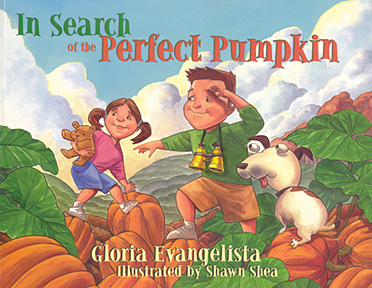Treat others as you’d like your child to treat them. You are your child’s first and most influential teacher and they are always watching you. “Modeling†your own kind and caring behavior towards friends and relatives is an effective way to teach your children how to be good to others. Show what being a good friend is about and tell your children how to treat people with kindness and respect.
Be your child’s problem “helper†versus problem solver. Guide and support your children as they work through conflicts or struggles, but avoid doing for them what they have the skills to accomplish on their own. Rather than anticipating and dissolving potential struggles for your child before they happen, become a partner and join his/her efforts to work through them together.
Encourage your child to be truthful, but focus on correcting behavior versus pressuring them into “confessing.†Children often stretch the truth or make up stories to avoid getting in trouble after misbehaving. By rationally focusing on a behavior problem rather than showing disappointment about you child’s cover-up/lie, you send a direct message that he or she shouldn’t fear being disciplined and thus telling a story is not necessary.
Volunteer with your child. By making community service a regular part of your child’s life, you reinforce the importance of giving to others/sharing and help him or her develop a greater awareness of the world and the diversity of people in it. Volunteer outings together also provide great opportunities to spend quality time together as a family.
Engage and involve your child in everyday tasks. Asking for their help makes children feel useful and important. By regularly involving your child in age-appropriate jobs with you, you’re helping him/her develop a sense of responsibility and familiarity working with others.
Recommended Book List by Topic:
Kindness/Friendship
“Now One Foot, Now the Other†by Tomie de Paola
“Special People (Who Care)†by Rachel Letch
“The Giving Tree†by Shel Silverstein
“The Rainbow Fish†by Marcus Pfister
“The Selfish Giant†by Oscar Wilde
Problem Solving
“The Little Engine That Could†by Watty Piper, George Haumann and Doris Haumann
“Swimmy†by Leo Lionni
“Anansi the Spider†by Gerald McDermont
“Corduroy†by Don Freeman
Honesty
“A Big Fat Enormous Lie†by Marjorie Weinman Sharmat
“Anteater on the Stairs†by Peter Coltrill
“Believing Sophie†by H.J. Hutchens
“Honest Tulio†by John Himmelman
“Lleonard, the Llama that Lied†by Susan Cameron
“Nina, Nina, Star Ballerina†by Jane O’Conner
“The Boy Who Cried Wolf†by Tony Ross
Respect/Helping Others
“Badger’s Bring Something Party†by Hiawyn Oram
“Big, Bad Bruce†by Bill Peet
“I Like Me!†by Nancy Carlson
“Kylie’s Song†by Patty Sheehan
“My Way Sally†by Penelope Paine
“The Great Kapok Tree†by Lynne Cherry
“The Ugly Duckling†by Hans Christian Andersen
Teamwork/Responsibility
“Airmail to the Moon†by Tom Birdseye
“Arthur’s Computer Disaster†by Marc Brown
“Dogger†by Shirley Hughes
“It’s Up to You, Griffin†by Susan T. Pickford and Mary Dunn Ramsey
“The Berenstain Bears and the Blame Game†by Stan and Jan Berenstain
“The Little Red Hen†by Paul Galdone








